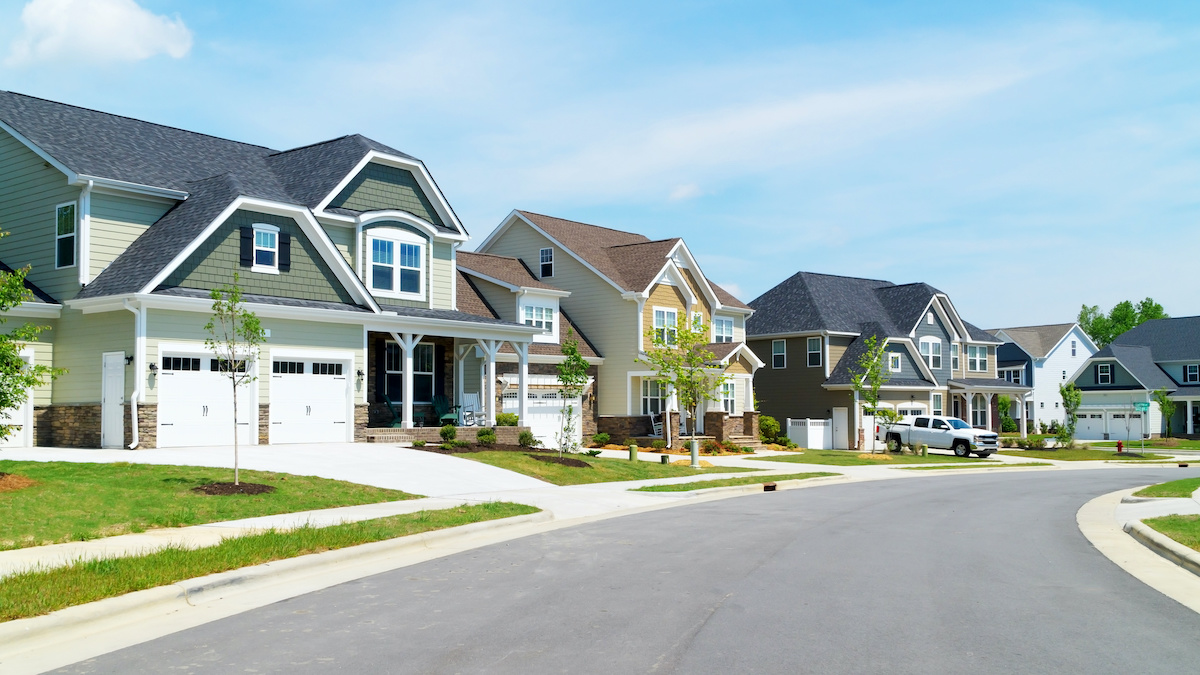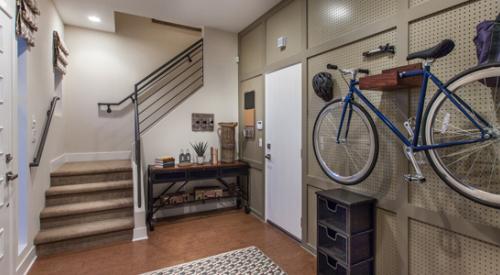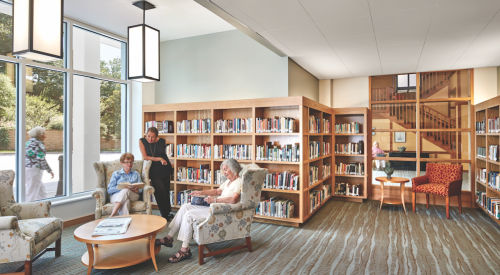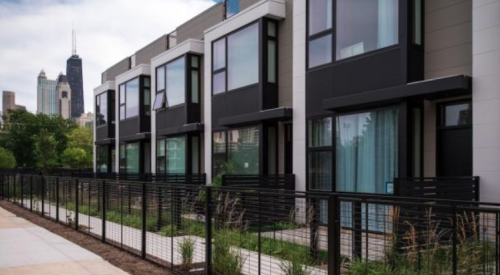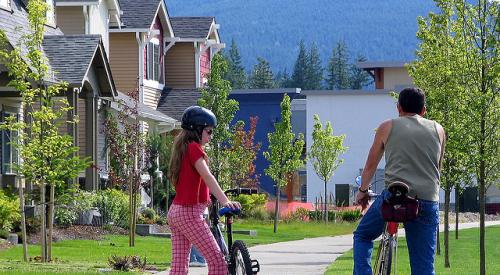Think suburb and the images conjured probably would be long driveways, spacious lawns, no sidewalks, and locations that call for long car rides to the big box mall.
Architects June Williamson and Ellen Dunham-Jones have co-authored a book due out in December highlighting 32 projects across the country that flip that notion like a minivan. Case Studies in Retrofitting Suburbia: Urban Design Strategies for Urgent Challenges is a sequel, updating their 2008 book and features design and planning schemes that help make suburbs more walkable, sociable, healthy, and equitable. The projects features look through the lens of six ambitions: reducing car dependency, boosting health, supporting seniors, promoting diversity and justice, creating job opportunities, and protecting the environment.
When asked by the New York Times what prompted writing the sequel, D Dunham-Jones says, “There’s really remarkably little written about the suburbs, and the literature seems removed from what the suburbs actually are: They’re engaging in this old trope of suburbs versus city, when really it’s not a question of whether suburbs will stay the same or will be turned into something else. Change is occurring anyway.”
Retrofitting suburbs to improve public health was one observation the authors learned more about since the first book, says Williamson: “All of the interesting research that links the built environment to North Americans’ chronic levels of obesity and diabetes, and their lack of physical activity. Those are some of the complicating conditions that make this pandemic so much more risky and deadly.Through rethinking the built environment and retrofitting, we can have significant public health outcomes that could save a ton of money. Just motivating people to go outside and take short walks could have significant health benefits."
